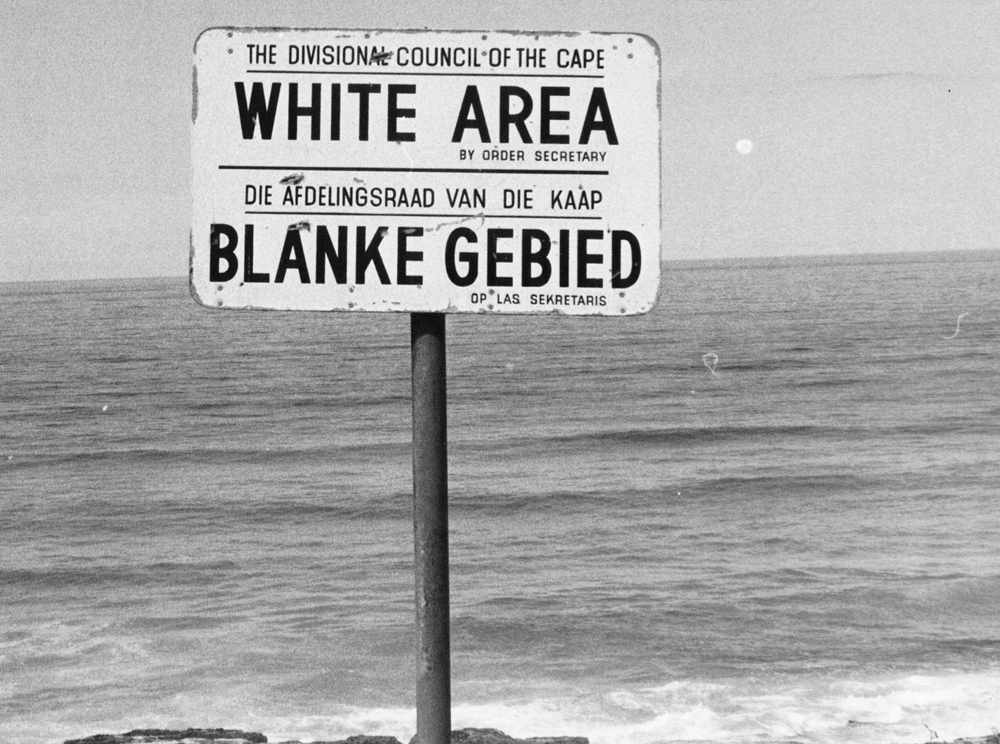Effects of Group Areas Act on Black People of South Africa

The Group Areas Act of 1950 was one of the cornerstones of apartheid legislation in South Africa. It had a profound and lasting impact on the lives of Black people in the country, leading to widespread displacement, economic disenfranchisement, and social disintegration. This Act mandated the separation of races into different residential areas, with the most desirable areas reserved for white people. The implications of this policy were devastating for Black communities, as it entrenched racial inequality and segregation.
Effects of the Group Areas Act on Black People of South Africa
Summary of the Effects of the Group Areas Act on Black People:
- Forced Removals: Approximately 3.5 million Black South Africans were forcibly removed from their homes, leading to widespread displacement.
- Community Destruction: Vibrant Black communities, like Sophiatown, were demolished, erasing cultural and social hubs.
- Economic Disenfranchisement: Black people were denied ownership and business opportunities in urban areas, leading to increased economic inequality.
- Creation of Townships: Displaced populations were relocated to underdeveloped, overcrowded townships with poor infrastructure, such as Soweto.
- Job Losses: Relocation caused many to lose jobs or endure long, costly commutes, exacerbating economic hardship.
- Social Disintegration: Families and communities were torn apart, leading to the breakdown of social networks and support systems.
- Psychological Impact: Forced removals led to long-term mental health issues, including increased rates of depression and anxiety.
- Urban Segregation: The Act entrenched spatial segregation, with Black townships isolated from economic centres, perpetuating inequality.
- Education and Services: Access to quality education and essential services was severely limited for Black communities due to their remote locations.
- Enduring Legacy: The socio-economic inequalities created by the Group Areas Act continue to affect South Africa’s urban development and racial disparities today.
Forced Removals and Displacement
One of the most immediate and severe effects of the Group Areas Act was the forced removal of Black people from areas that were designated as “white-only” zones. According to research by the Surplus People Project, an estimated 3.5 million Black South Africans were forcibly removed from their homes between 1960 and 1983 as a direct result of the Group Areas Act. These removals often led to the destruction of vibrant communities, such as Sophiatown in Johannesburg, which was demolished to make way for a white suburb.
The displaced Black populations were often relocated to underdeveloped areas on the outskirts of cities, known as townships. These areas were characterised by poor infrastructure, inadequate access to basic services, and high levels of poverty. For instance, the township of Soweto, created as a result of forced removals from Johannesburg, became notorious for its overcrowded living conditions and lack of basic amenities.
Economic Disenfranchisement
The economic effects of the Group Areas Act on Black South Africans were equally devastating. By being forcibly removed from urban centres and relocated to distant townships, many Black people lost their jobs or faced longer commutes to work, which increased transportation costs and time. Furthermore, the Act limited Black people’s ability to own property or businesses in more prosperous urban areas, further entrenching their economic marginalisation.
According to a report by the South African Institute of Race Relations, the Group Areas Act restricted Black entrepreneurs from operating businesses in areas where they could potentially thrive. This not only limited economic opportunities for Black people but also stifled the growth of Black-owned businesses. As a result, the economic disparity between white and Black South Africans widened, contributing to the enduring legacy of inequality that persists today.
Social Disintegration and Psychological Impact
The forced removals and the resulting separation of communities had a profound impact on the social fabric of Black South African society. Families were often torn apart, with some members relocated to different townships or even different provinces. This disintegration of established communities led to the erosion of social networks and support systems that had been built over generations.
The psychological impact of these forced removals was also significant. Many Black South Africans experienced a sense of loss, alienation, and powerlessness as a result of being uprooted from their homes and communities. A study published in the South African Journal of Psychology found that individuals who experienced forced removals during apartheid were more likely to suffer from depression and anxiety later in life, illustrating the long-term mental health consequences of the Group Areas Act.
Long-Term Effects on Urban Development
The spatial segregation imposed by the Group Areas Act has left a lasting legacy on the urban landscape of South Africa. Even decades after the end of apartheid, many South African cities remain deeply divided along racial lines, with predominantly Black townships located on the peripheries, far from economic opportunities and services. This urban planning legacy has contributed to the ongoing socio-economic challenges faced by Black South Africans, including high levels of unemployment, poverty, and inequality.
Conclusion
The Group Areas Act was a central pillar of apartheid that had devastating effects on Black South Africans. Its legacy of forced removals, economic disenfranchisement, social disintegration, and urban segregation continues to shape the lives of millions in South Africa today. The evidence of its impact can be seen in the persistent inequality and segregation that still characterises much of South African society.
For more detailed research on the effects of apartheid laws like the Group Areas Act, you can refer to the South African History Online resource, which provides extensive documentation and analysis of this period.
